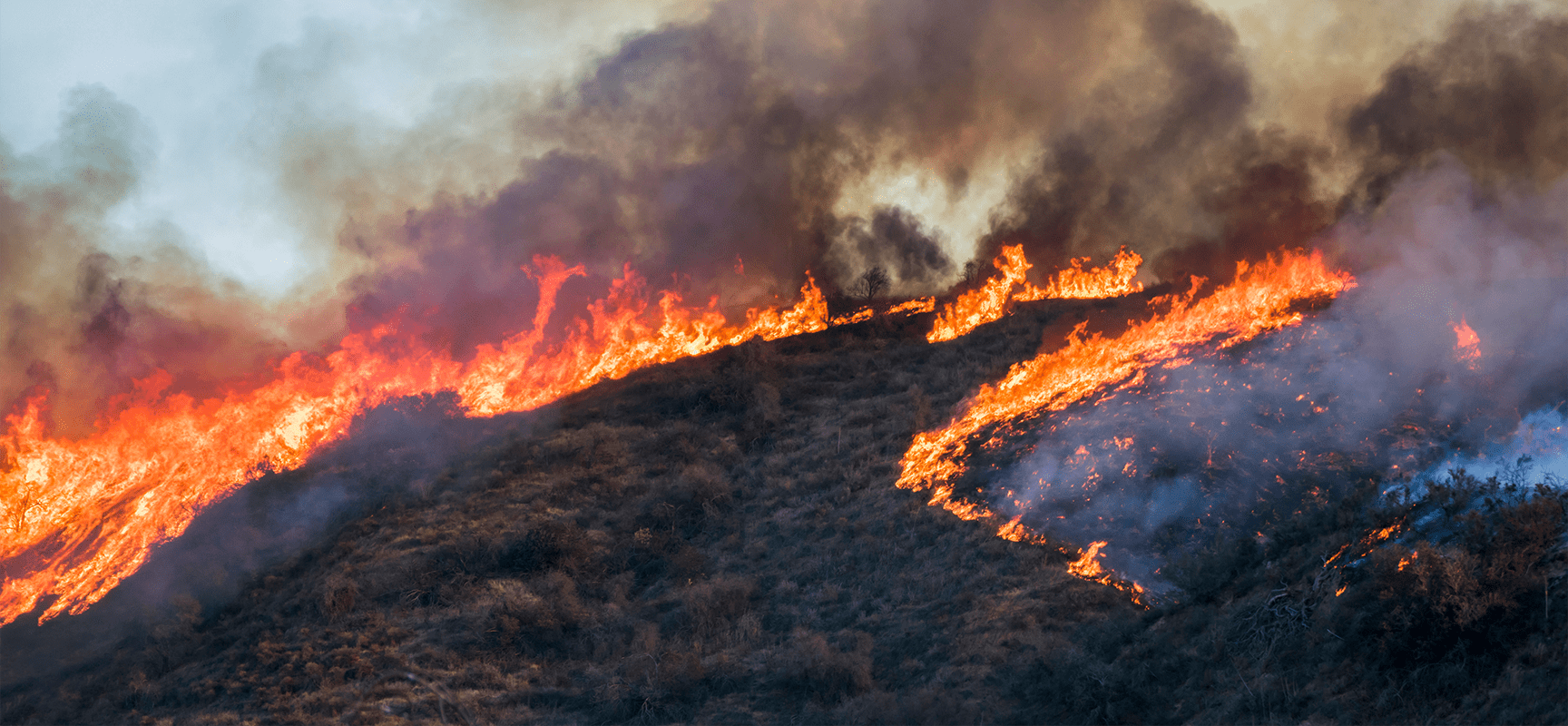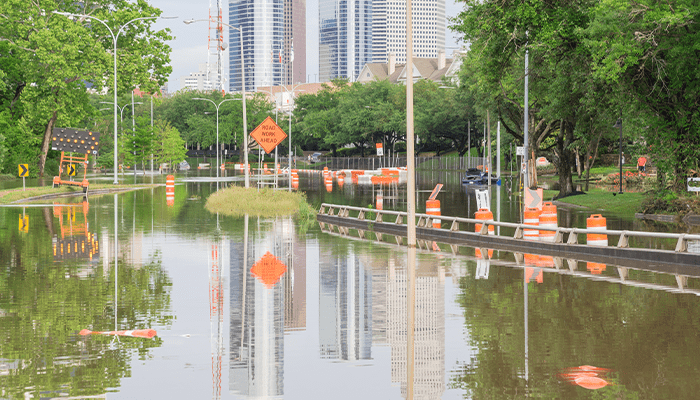
Protecting Your Business from Wildfires
Wildfires are unplanned, uncontrolled fires caused by natural events like lightning or human activities like campfires and downed utility wires. These fires pose significant risks to businesses, homes, and people through direct flames, radiant heat, and airborne embers. The impact on local economies can be severe, with properties and businesses destroyed and tourism halted.
The Growing Threat of Wildfires
Over 100,000 wildfires clear 4-5 million acres of land in the U.S. annually, with suppression costs ranging from $1 billion to $2 billion. The severity and frequency of wildfires are increasing due to climate change, leading to hotter, drier conditions and earlier snowmelt. Business owners must take steps to minimize property loss and damage.
Wildfire Seasons and Vulnerable Areas
Wildfires are most common between April and October. Significant portions of the U.S., especially in the western and southern regions, are at risk. Currently, 16% of the U.S. population lives in wildfire-prone areas, and this number is expected to rise to 21% over the next 30 years.
How Wildfires Spread and Destroy Property
Wildfires can damage property in three ways:
- Direct Flames: Flames ignite buildings or materials.
- Airborne Embers: Embers carried by wind ignite buildings or vegetation.
- Radiant Heat: Heat from burning materials ignites nearby materials.
Steps to Take Before a Wildfire
Include Wildfires in Your Business Continuity Plan
A business continuity plan outlines how businesses can restore critical operations during an unplanned disruption. However, more than half of all organizations worldwide do not have such a plan, putting them at higher risk of reduced productivity, financial loss, reputational damage, and business failure. When creating a business continuity plan, focus on the most likely disruptions and their potential impact. Key components should include:
- Identify and assess threats to operations.
- Develop strategies to restore critical functions.
- Organize recovery teams and create relocation plans.
- Regularly test and update the plan.
Review Insurance Coverage
Fire is a cause of loss typically covered by most commercial property policies. Before catastrophe strikes, review your insurance policy to ensure adequate coverage. Consider the following:
- Ensure buildings and contents are insured to value.
- Verify coverage for potential loss of income while the premises are unusable.
- Confirm coverage for additional expenses incurred while operating from a temporary location.
Protect Property
There are several steps businesses can take before a wildfire occurs to protect property and reduce the chance of significant loss:
- Create a defensible space
- Install class A-rated roofing
- Check fire hydrants and water supplies
- Use fire-resistant building materials
- Cover vents with mesh screens
- Document assets
Steps to Take During a Wildfire
In the event of a wildfire, employers should follow these steps to reduce damage and keep employees safe:
- Keep track of updates
- Implement the Business Continuity Plan
- Close windows, vents, doors, and blinds
- Shut off gas and propane tanks
- Shut off HVAC systems
- Follow evacuation warnings
Steps to Take After a Wildfire
Wildfires can still pose a serious threat even after the flames have subsided and cleanup efforts have begun. Without a strategic recovery plan, businesses may struggle to return to normal operations. The following steps can help rebuild a business after a wildfire:
- Maintain communications
- Return when safe and assess damage
- Check for hazards
- Ensure systems are working
- Secure the area
- Assess flash flood and mudslide risk
Conclusion
While businesses cannot prevent wildfires, they can take steps to protect property and employees. By understanding wildfire risks, incorporating preparedness into business continuity plans, and taking proactive measures, businesses can reduce the potential for catastrophic loss and ensure a quicker recovery.
Related articles

As the chill of winter fades, spring brings vibrant colors and a sense of renewal and hope. Of course, spring also brings its share of weather hazards. Being prepared is the first step to ensuring...

When we think of workplace deaths or injuries, we often picture incidents caused by occupational hazards or machine malfunctions. OSHA works tirelessly to ensure employees are in the safest...

Manufacturing is a cornerstone of the global economy, encompassing industries that transform raw materials into finished goods. From automotive and aerospace to electronics and consumer products, the...